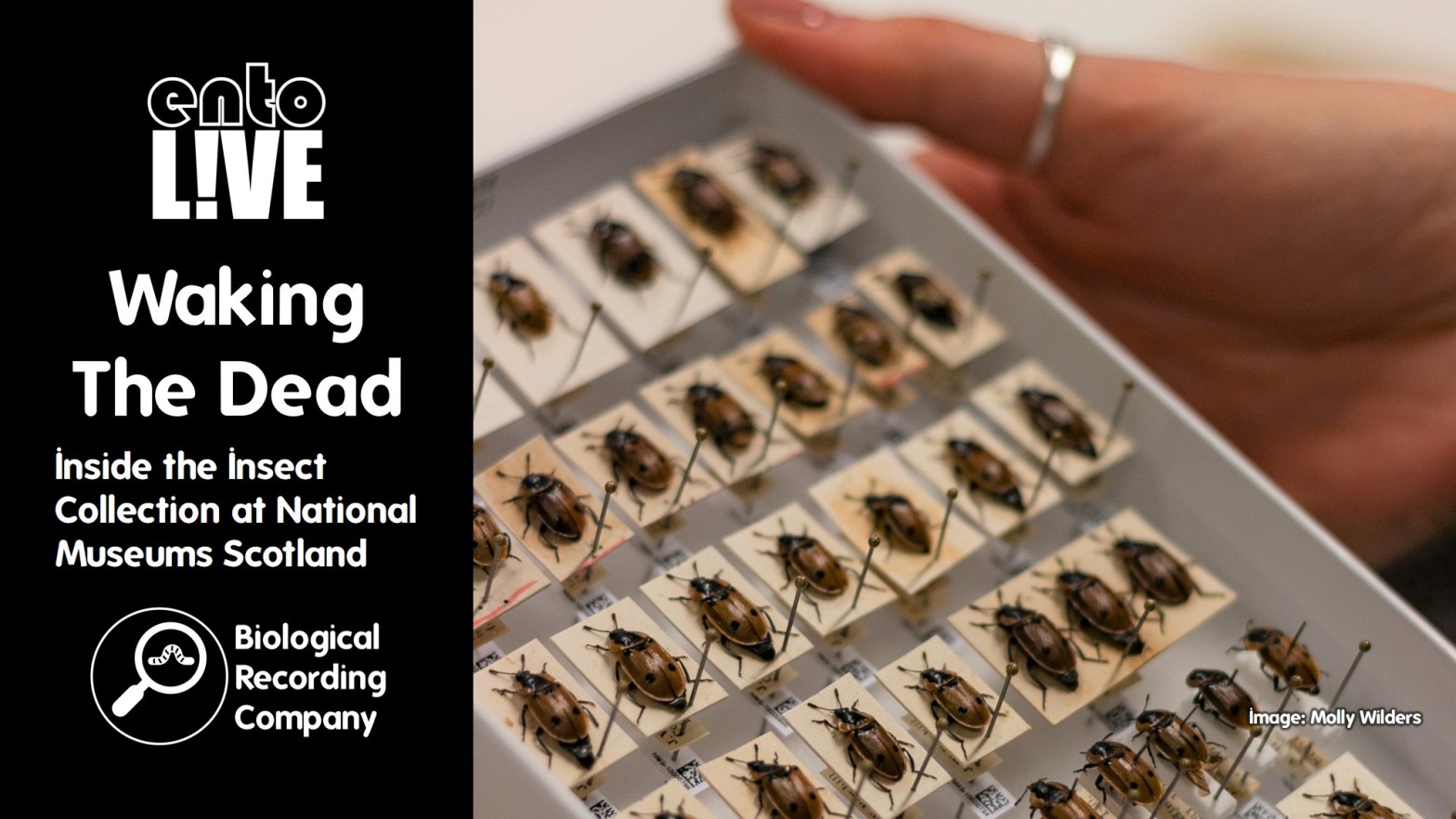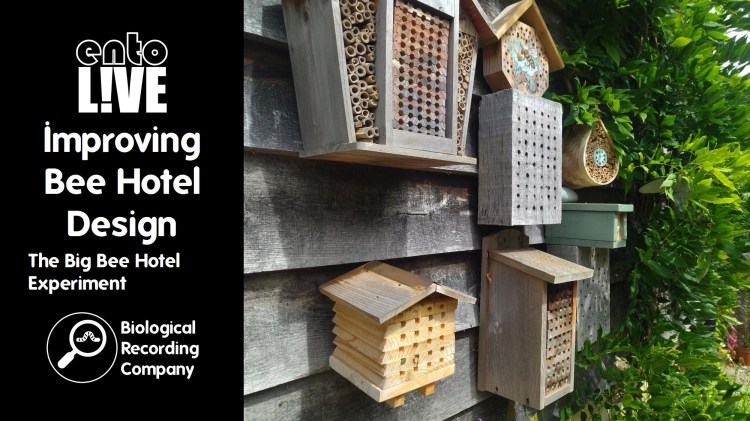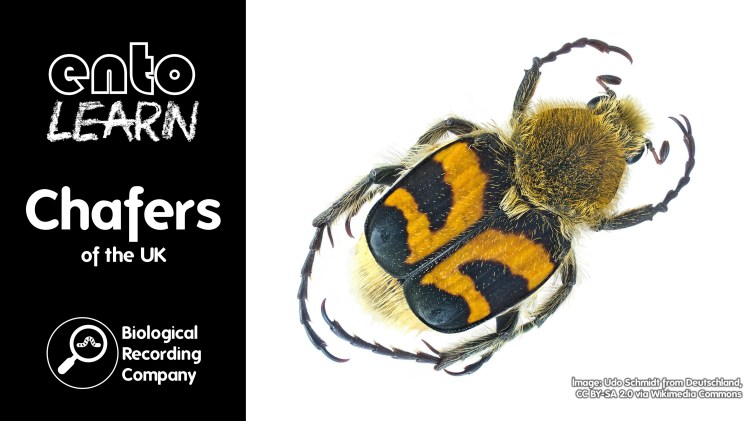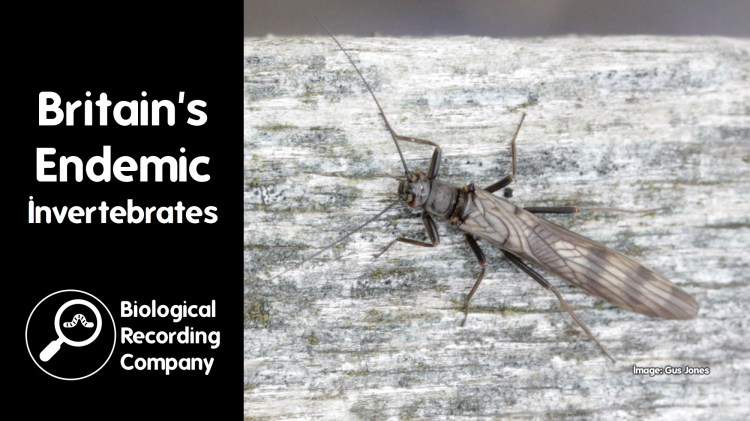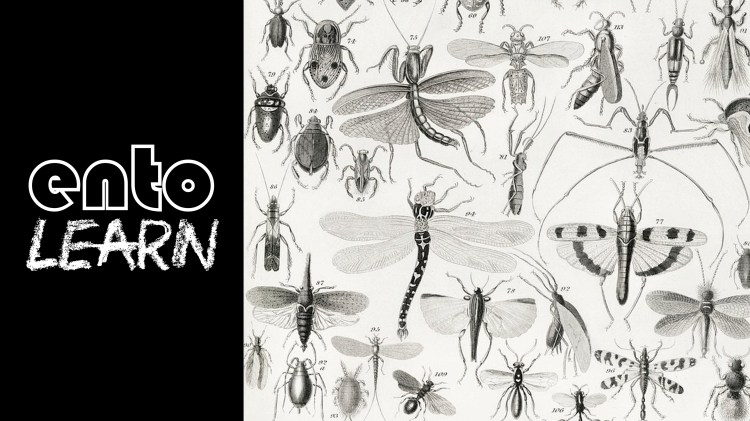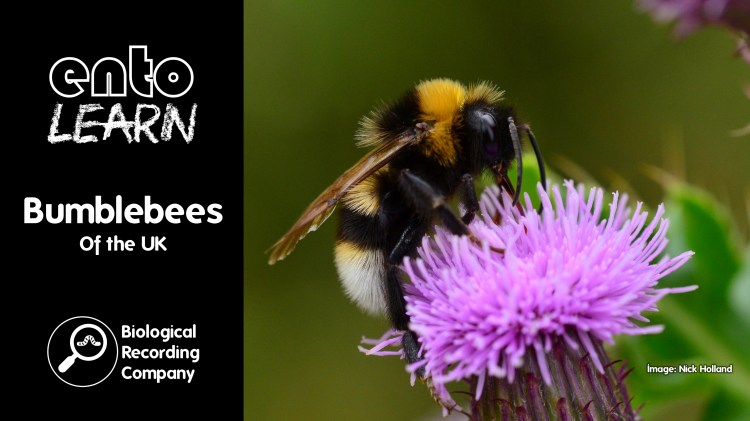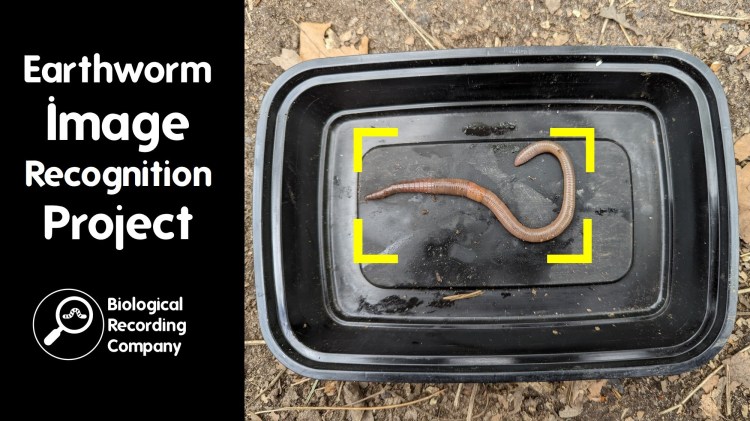The phrase “insect collection” often conjures up images of Victorian naturalists chasing down rare butterflies with their nets and attaches a stigma to these important resources. The insect collections held in our museums are a vital resource for understanding how species are related to one another and how they are changing over time. Ashleigh will delve into the insect collections of National Museums Scotland and showcase how their collections are contributing to scientific research.
Ashleigh Whiffin is a curator at National Museums Scotland, where she is responsible for the care, curation and development of the insect collection, containing approximately 2.5 million specimens, as well as dealing with research loans, enquiries and hosting visitors to the collection. Her research interest is focused on carrion ecology and her specialism is Silphidae (Carrion Beetles), coordinating the National Silphidae recording scheme, in her spare time. Passionate about engaging a diverse audience with insects, Ashleigh regularly conducts outreach and sits on the Royal Entomological Society’s Outreach committee.
Q&A with Ashleigh Whiffin
- Do you prefer records for carrion beetles to be added to iRecord or iNaturalist?
It’s always worth checking with the relevant recording scheme to check what their preference. For the Silphidae Recording Scheme, we prefer records to be added to iRecord as this is where we process and verify them. - Which books do you recommend for people wanting to learn more about carrion beetles?
The Histeridae, Sphaeritidae and Silphidae of Britain & Ireland takes you through these groups species by species, and is the most comprehensive account for these groups. It was a collaboration between the Biological Recordds Centre, UK Centre for Ecology & Hydrology, UK-Scape, National Museums Scotland and the Field Studies Council. It includes information on surveying, habitats, recording, threats, conservation and forensic entomology. It also includes identification keys, phenology charts (showing when species are active) and distribution maps. - How do you submit specimens or collections to local natural history museums?
The first step is to establish which collection you would like to donate specimens to. You can do this through the Natural History Near You page on the NatSCa website. I would then check their website and see if they have any contact details for a natural history curator (if not you’ll need to go through their general enquiries email). Local museums may not have staff dedicated to their natural history collections and this might mean that they have no capacity to receive any specimens. If this is the case you can try contacting one of the bigger museums (such as the National Museums Scotland Natural Sciences Team). Collection managers will need to assess the significance of the specimen/collection, preservation, data quality, and if the material was legally collected, before it can be added to the collection, as resources are still limited within the bigger organisations. However, it is always worth getting in touch to enquire as you never know what these collections might be missing. - Are there any guides to pinning insects?
Preparing specimens varies depending on the group. How we prepare fly specimens is different to beetles for example. And even within beetles, the size of the specimen will influence how the specimen should be prepared. There is a fantastic Beginner’s Guide to Preparing Coleoptera by Katy Potts that’s worth checking out for anyone preparing beetle specimens. We’ll soon be launching a new resource on creating and maintaining insect collections, via the National Museums Scotland website – so watch this space. - Is it possible to submit specimens to museums that have been kept in preservatives other than ethanol?
I understand that getting hold of pure ethanol can be really tricky as it requires a licence. There are alternative preservatives available to the public which work well, such as food-grade propylene glycol. It’s okay to donate specimens preserved in this chemical (or another suitable alternative) as the material can be transferred into ethanol after it has been received by the museum. Always ask the relevant curator, for the museum in which you intend to donate the material to.
Literature references
- Arce et al (2022) Signatures of increasing environmental stress in bumblebee wings over the past century: Insights from museum specimens: https://besjournals.onlinelibrary.wiley.com/doi/10.1111/1365-2656.13788
- Lane et al (2020) The Histeridae, Sphaeritidae and Silphidae of Britain & Ireland: https://www.field-studies-council.org/shop/publications/histeridae-and-silphidae-atlas/
- Mullin et al (2022) First large-scale quantification study of DNA preservation in insects from natural history collections using genome-wide sequencing: https://besjournals.onlinelibrary.wiley.com/doi/10.1111/2041-210X.13945
- Wonglersak et al (2020): Temperature-body size responses in Odonata: https://www.researchgate.net/publication/339509364_Temperature-body_size_responses_in_insects_a_case_study_of_British_Odonata
Further info
- The Histeridae and Silphidae atlas is available from the FSC: https://www.field-studies-council.org/shop/publications/histeridae-and-silphidae-atlas/
- Silphidae Recording Scheme website (which includes a free identification key to the group): https://www.coleoptera.org.uk/silphidae/home
- Add your carrion beetle records to iRecord: https://irecord.org.uk/
- Nature’s Undertakers video (Linnean Society of London): https://www.youtube.com/watch?v=uDWt7tp7Z3g
- Why do we collect insects? (Short video): https://www.nms.ac.uk/explore-our-collections/films/why-do-we-collect-insects/
- Beginner’s guide to preparing Coleoptera: https://www.nhm.ac.uk/content/dam/nhmwww/take-part/identify-nature/beetle-pinning-guide.pdf
- Find your local natural history collection: https://www.natsca.org/NHNearYou
- The Entomological Collections Network (ECN): https://ecnweb.net
- Ashleigh Whiffin contact details: https://www.nms.ac.uk/collections-research/collections-departments/natural-sciences/meet-the-team/ashleigh-whiffin/
- You can also follow Ash on social media where she regularly shares her passion for entomology and museum collections:
- Instagram (@ash_whiffin): https://www.instagram.com/ash_whiffin/
- X /Twitter (@AshWhiffin): https://twitter.com/AshWhiffin
entoLIVE
entoLIVE webinars feature guest invertebrate researchers delving into their own invertebrate research. All events are free to attend and are suitable for adults of all abilities – a passion for invertebrates is all that’s required!
- Donate to entoLIVE: https://www.gofundme.com/f/entolive-2025
- Upcoming entoLIVE webinars: https://www.eventbrite.com/cc/entolive-webinars-74679
- entoLIVE blog: https://biologicalrecording.co.uk/category/entolive-blog/
- entoLIVE on YouTube: https://youtube.com/playlist?list=PLuEBNUcfMmE95Re19nMKQ3iX8ZFRFgUAg&feature=shared
entoLIVE is only possible due to contributions from our partners.
- Find out about more about the British Entomological & Natural History Society: https://www.benhs.org.uk/
- Browse the list of identification guides and other publications from the Field Studies Council: https://www.field-studies-council.org/shop/
- Check out environmentjob.co.uk for the latest jobs, volunteering opportunities, courses and events: https://www.environmentjob.co.uk/
- Check out the Royal Entomological Society‘s NEW £15 Associate Membership: https://www.royensoc.co.uk/shop/membership-and-fellowship/associate-member/

